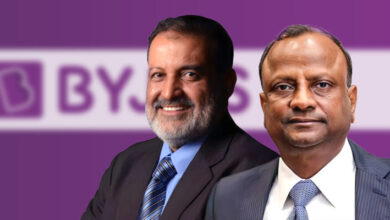5 Decor Tips from the Best Interior Designers in Coimbatore

5 Decor Tips from the Best Interior Designers in Coimbatore
Interior design is extremely important in today’s world. It not only adds panache to your lifestyle but also makes the space more functional.
In addition, the right interior design theme can enhance the aura of the space, inviting more positive energy to your home.

When it comes to designing your home, everyone transforms into an artist. And why shouldn’t they? It’s time to show off your creative abilities while channeling your unique talents.
However, if you have ever attempted to renovate your home, you are aware that the process can be quite overwhelming and even frustrating.
However, with a few tips from the best interior designers in Coimbatore, planning the interiors can become quite simple.
So, without any further ado, let’s look at five decor tips from some of the best interior designers in Coimbatore.

# 1 Family-Friendly Design
Rather than designing a home that looks like the ones in magazines, interior designers in Coimbatore suggest planning one that feels and looks like a home. Your family members must be at ease in their surroundings.
Don’t overcrowd your space with furniture that isn’t comfortable to use and serves only as a showpiece. You should also consider the space available for your pets.
This is one of the essential tips for achieving beautiful interiors in Coimbatore.
# 2 Concentrate on the Goal
The top interior designers in Coimbatore believe that each room serves a distinct function. Before designing the room’s interiors and purchasing furniture, you must first determine its purpose.
For example, in the bedroom, you can place relaxing and comfortable furniture, while in the living room, you can bring in your favourite bean bag and TV set.
The living room is also a great place to be creative and do some DIY.
# 4 Make a Budget
This has to be one of the essential factors to consider when designing Coimbatore interiors. Having an estimate or a rough idea of the budget can help you plan more effectively.
Furthermore, you don’t want to run out of money in the middle of renovating your Coimbatore interior.
If you’re unsure about your budget, contact an interior designer in Coimbatore or consult architects. It will be easier to know what you can compensate for once you have an idea of your budget.

# 5 Maintain Some Unused Space
While adding large and statement furniture pieces to the house can make it look exciting, you should never overlook the importance of open space.
The best interior designers in Coimbatore are of the view that open spaces make your home appear larger and more luxurious.
Stuffing rooms with multiple pieces of furniture, on the other hand, makes them appear small and restless. It also exhibits suffocation symptoms.
Experts also advise against placing furniture against the wall in order to make the room appear more elegant. By creating space, you can allow for activities such as walking or showing off some killer dance moves.
Final Thoughts – When in Doubt, Consult an Expert
Although designing your own home can be an exciting and fun process, it is best to hire an interior designer in Coimbatore, such as Livspace, for professional and expert assistance.
Livspace is a leading interior design firm that provides end-to-end interior design solutions as well as a one-of-a-kind collection of designs.

They also have a hardworking and professional team of experts who cater to the needs and expectations of their customers.
Even if you have the best designs for your home, it is common to become stuck at some point without professional assistance.
So, hire an interior designer in Bangalore and sit back while they turn your dream home into a reality.




